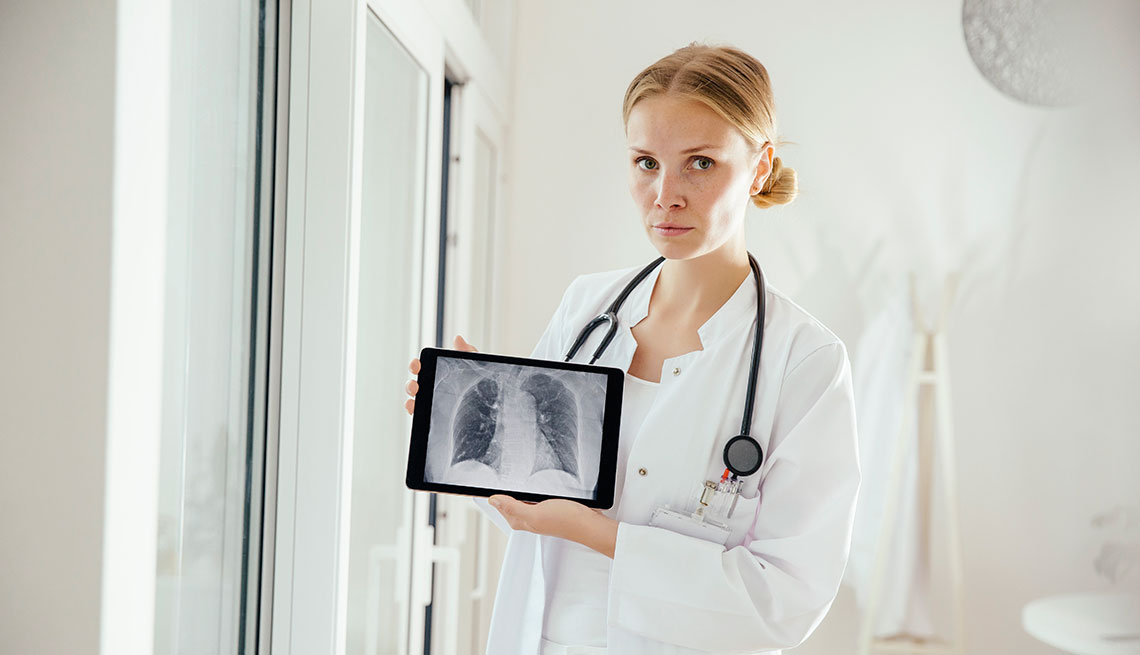Staying Fit
Lung-cancer screening has proved to be stunningly unpopular. Five years after government and private insurers started paying for it, less than 2 percent of eligible current and former smokers have sought the free scans, researchers report.
The study didn't explore why, but experts say possible explanations include worries about false alarms and follow-up tests, a doctor visit to get the scans covered, fear and denial of the consequences of smoking, and little knowledge that screening exists.


AARP Membership— $12 for your first year when you sign up for Automatic Renewal
Get instant access to members-only products and hundreds of discounts, a free second membership, and a subscription to AARP the Magazine.
"People are not aware that this is a test that can actually save lives," said Richard Schilsky, M.D. "It's not invasive, it's not painful, there's no prep, nothing has to be stuck into any body cavity," so to see so little use "is shocking."
Schilsky is chief medical officer of the American Society of Clinical Oncology, which released the study in advance of the group's meeting next month.
Lung cancer is the top cancer killer worldwide, causing 155,000 deaths in the United States each year. It's usually found too late for treatment to succeed.
A big study found that annual low-dose CT scans, a type of X-ray, could find cases sooner and lower the risk of dying of lung cancer by 20 percent for those at highest risk. That's people age 55 through 79 who smoked a pack of cigarettes a day for 30 years or the equivalent, such as two packs a day for 15 years.
In 2013, a government task force and others backed screening for such folks. The scans cost $100 to $250 and are free for those who meet the criteria, but people must have a special appointment to discuss risks and benefits with a doctor.
































































